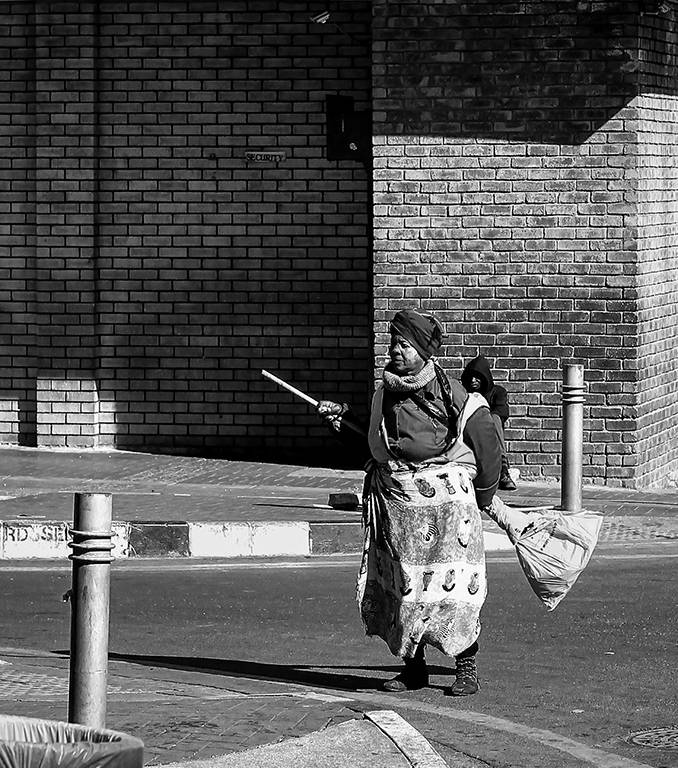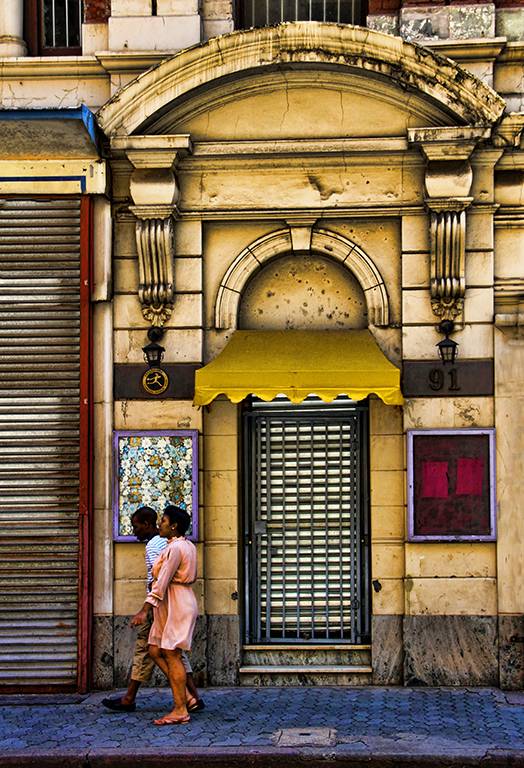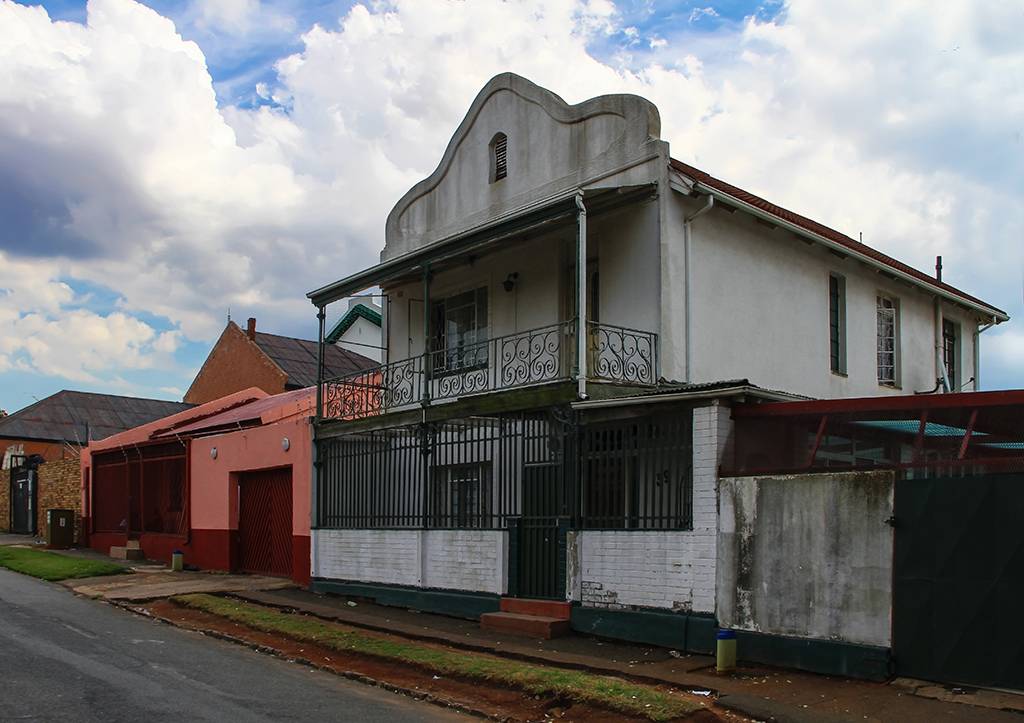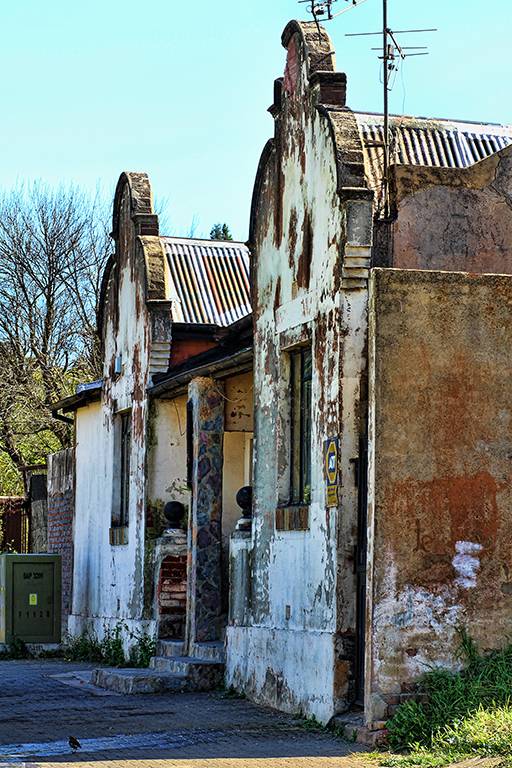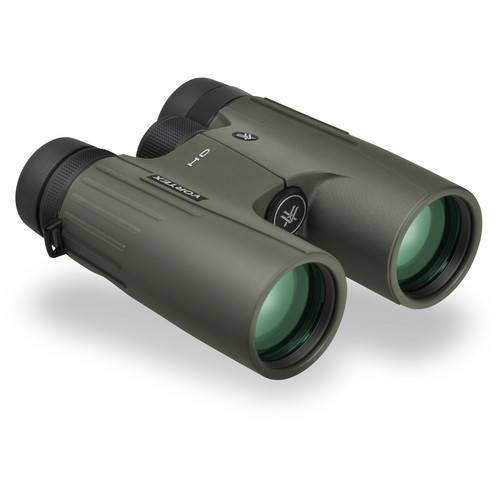The 8 best bird-watching binoculars—for beginners and enthusiasts
Ready to improve your bird-watching skills with a new pair of binoculars, but overwhelmed by the different price tags and features? We’ve got you covered.
While you can observe birds without any special equipment, a good pair of binoculars for bird watching can help enhance the experience. With so many great options out there, it’s important to know what to look for.
“The biggest error that people make when buying binoculars for birding is that they choose ones that are far too small and are ill suited for their needs,” says Martha Harbison, the National Audubon Society’s senior network content editor in charge of testing binoculars. “Be mindful that you might have to spend a little money in order to get a pair that is decently useful to you. If you don’t wear glasses, that’s going to be slightly under $100. If you do wear glasses, it’s going to be slightly over $100, at least for an entry-level set.”
Generally, binoculars can cost anywhere from the mid $100s to over $2,000 with a wide range of features. Harbison recommends trying as many binoculars for bird-watching as you can to find the right fit for your eyes, body, and needs.
Our top pick for best bird-watching binoculars are the Nocs Provision Field Issue binoculars. This pair offers the features birders of any level need at a relatively affordable price. We also looked at other binoculars, weighing them for price, features, and ease of use. Read on for more.
Our picks for best bird watching binoculars
• Best budget bird-watching binoculars: Tasco Essentials
• Best for bird-watching binoculars beginners: Nikon Prostaff P3
• Best pocket-sized birding binoculars: Swarovski Optiks Curio CL
• Best bird-watching binoculars for low light: Vortex UHD
• Best smart binoculars for bird watching: Swarovski Optik AX Visio
• Best image stabilizing binoculars for bird watching: Canon IS
• Best water-resistant binoculars for bird watching: Leica Noctivid
Best overall binoculars for bird watching: Nocs Provisions Field Issue Binoculars

Check the price at Nocs or Amazon
Why we like it: Nocs’ Field Issue binoculars are affordable, compact, and waterproof to a depth of about three feet, according to the company. This model combines the same high-quality optics as the Nocs Pro Issue binoculars with the compact size and durability of the company’s Standard Issue binoculars. It comes in two sizes (8×32 and 10×32), with a comfortable rubberized exterior in multiple colors, a cleaning cloth, and a strap.
The Audubon Society loans Field Issue binoculars during events for their ease of use, ruggedness, and good magnification, says Harbison. The Field Issue binoculars are also one of National Geographic’s top travel essentials, as a great option for beginners or those on a budget.
Keep in mind: The Field Issue’s 32 mm objective lens diameter may not offer enough visibility in low light conditions, such as early morning, when wildlife tend to be most active. Harbison points out that the eye relief might cause some trouble for those who wear glasses because they only offer 16.8 mm of distance, making it challenging for glasses wearers to see through them. Some reviews mention that images can be a bit soft at the outer edges of the viewfinder.
Product details: Weight: 16.7 oz | Foot field of view: Up to 315ft @ 1000yd (10×32) | Foot close focus: 9.3 ft | Millimeter eye relief: 16.8 mm | Objective lens diameter: 32 mm | Magnification: 8x or 10x
Best budget bird-watching binoculars: Tasco Essentials
Why we like it: For any birder, it’s important to find a pair of binoculars that have a wide view field and good optics. Wide view fields let you spot birds in flight and in bushes and trees. Many bird-watching experts recommend that you start with 7x or 8x magnification and strike a balance between optic quality and price.
If you’re on a budget, Tasco Essentials are great entry-level binoculars for bird-watching. The optics are quite good for the sub-$60 price point, and reviewers note that they are light, bright, and offer true-to-life color. They’re also waterproof up to 3.3 feet for 10 minutes, according to the company, and come with a limited lifetime warranty.
A diopter on the right barrel helps ensure the eyepieces line up with your eyes. The focus wheel is located in the center, so you can make quick adjustments while tracking a bird.
Keep in mind: At 30 feet and 185 feet, the Tasco Essentials’ view field is relatively small. If you want to be able to see farther away, consider increasing your budget a bit. If you’re willing to expand your budget, the Nikon Prostaff P3 binoculars (see below) could be a better bet.
Product details: Weight: 10.2 ounces | Foot field of view: 185 ft at 1000 ft | Foot close focus: 30 feet | Millimeter eye relief: 16 mm | Objective lens diameter: 42 | Magnification: 8x
Best for bird-watching binoculars for beginners: Nikon Prostaff P3

Check the price at REI
Why we like it: The Nikon Prostaff P3 binoculars are waterproof up to 3.3 feet, fog proof, and shock-resistant, plus they feature the brand’s high-quality optics. Additionally, Harbison says she recommends this pair for bird-watching because they aren’t too heavy, come with a warranty, and offer 20.2 mm of eye relief, ideal for bird-watchers who wear glasses. You can opt for 10x or 8x magnification, depending on how steady your hands are.
Keep in mind: Some reviews note some distortion at the edges of the field of view, which can create a fishbowl effect if you’re trying to pan or keep up with a moving bird.
Product details: Weight: 20.3 ounces | Foot field of view: 377 ft. field of view at 1,000 yards | Foot close focus: 9.8 ft | Millimeter eye relief: 20.2 mm | Objective lens diameter: 42 mm | Magnification: 8x or 10x
Best pocket-sized birding binoculars: Swarovski Optik CL Curio Binoculars

Check the price on Amazon
Why we like it: The Swarovski Optik CL Curio binoculars landed on National Geographic’s travel essentials list for a reason. They’re compact (about the size of playing cards), easy to carry (they weigh just 8.9 ounces), resist water up to 13 feet, and have top-notch optics. With 90 percent light transmission, these binoculars can help you spot a Vaux’s swift from a black swift. Designed by Marc Newson, the Optik CL Curio feels good in the hand and comes in black and burnt orange.
Keep in mind: These have rubber eye relief, which means that birders who wear glasses may have to do some fiddling to get a clear image. They’re also pricey, but they’re still cheaper than the CL Pocket, which comes with more features than the Optik CL Curio and is slightly larger in size.
Product details: Weight: 8.9 oz (8×25) | Foot field of view: Up to 405 feet at 1,000 yards | Foot close focus: 8.2 feet | Millimeter eye relief: 16 mm | Objective lens diameter: 21 mm | Magnification: 7x
Best for bird-watching binoculars for low light: Vortex UHD

Check the price at Cabela’s
Why we like it: According to Harbison, the Vortex UHD 8×42 or 10×42 binoculars are great for low-light conditions, whether you’re bird-watching in a rainforest or in your backyard at dawn or dusk, when birds tend to be most active. The exterior is rubberized so you can keep a firm grip in wet weather. Bonus: they come with a lifetime warranty.
The best binoculars for bird-watching in low light offer superior glass over a larger objective lens, adds Harbison. The bigger the glass, the heavier and larger the binoculars become. The coatings used on binocular prisms and glass can make a world of difference in everything from optics to price. The Vortex UHD offers some of the best coatings available.
Keep in mind: The Vortex UHD are pricey. They are also relatively heavy at a little over two pounds, which can contribute to what Harbison calls “warbler neck.” That’s when your neck becomes tired and sore from supporting a heavy pair of binoculars while staring up at the sky or high into the trees for hours. Some reviewers also note that the focus feature is a bit slow.
Product details: Weight: 32.4 ounces (8×42) | Foot field of view: 420 feet at 1,000 yds | Foot close focus: 4.5 feet | Millimeter eye relief: 16.7 mm | Objective lens diameter: 42 mm | Magnification: 8x or 10x
Best smart binoculars for bird watching: Swarovski Optik AX Visio

Check the price at Adorama
Why we like it: Swarovski AX Visio binoculars are best for bird-watchers who have a big budget and want high-tech tools. This pair is equipped with a 13-megapixel camera that takes photos and videos, which you can download onto your smartphone and share. Images are geotagged so others can see where you spotted that presumed-extinct Ivory-billed Woodpecker. You won’t have to go searching online to figure out what bird you saw either. The AX Visio comes with the Merlin Bird ID app, which identifies more than 9,000 bird species, plus other animals.
Keep in mind: The battery on the AX Visio lasts for just two hours or as long as 15 hours, depending on what features you’re using. These bird-watching binoculars are also quite heavy and expensive.
Product details: Weight: 38.5 ounces | Foot field of view: 336 ft at 1000 yds | Foot close focus: 9.8 feet | Millimeter eye relief: 17.8 mm | Objective lens diameter: 32mm | Magnification: 10x
Best image stabilization for bird-watching binoculars: Canon IS

Check the price on Amazon
Why we like it: When it comes to image stability, the Canon IS series is one of the steadiest binoculars for high magnification settings. Its impressive stabilization technology instantly compensates (think a thousandth of a second) for any shake or stutter. That means you can get super close and still get a clear image of that “life list” bird, or species that bird-watchers have on their list of top birds to see in their lifetime. We also appreciate that you can turn off the image stabilization if you don’t need it. Like others on this list, these binoculars are also water-resistant and have a texture that helps prevent your hands from slipping.
Keep in mind: The Canon IS binoculars have a Porro prism, making them slightly larger and more conventional-looking than the other bird-watching binoculars on this list. They’re also heavy at 2.6 pounds and one of the more expensive binoculars on this list. The stabilization feature runs on a pair of AA batteries. When the power runs out, so does the stabilization. You’ll still be able to use the binoculars to spot birds, however.
Product details: Weight: 41.6 oz | Foot field of view: 236 feet at 1000 yards | Foot close focus: 13.7 feet | Millimeter eye relief: 15 mm | Objective lens diameter: 50 mm | Magnification: 15x
Best water-resistant bird-watching binoculars: Leica Noctivid

Check the price at Leica
Why we like it: Like Leica’s top-quality photography equipment, the company’s Noctivid binoculars offer clear, bright images. It’s one of two high-end, waterproof binoculars that the Audubon Society recommends. The other is the Zeiss Victory line of binoculars. Leica says its Noctivid is waterproof up to a depth of 16.5 feet, while the Zeiss are waterproof up to 16.3 feet. Both have 19 mm eye relief, making them good choices for people who wear glasses. We also appreciate that both binoculars come with limited lifetime warranties.
Keep in mind: Leica has one of the best reputations in the world for camera equipment, with prices to match. Reviewers expressed frustration over the lack of a tripod attachment. The Noctivid also weighs a considerable amount, tipping the scales at nearly two pounds.
Product details: Weight: 30.3 ounces | Foot field of view: 405 ft at 1000 yd | Foot close focus: 6.2 ft | Millimeter eye relief: 19 mm | Objective lens diameter: 42 mm | Magnification: 8x or 10x
Our review process
There are many considerations for determining the best binoculars for bird-watching. How binoculars work, how they’re constructed, and why some cost more than others are all important factors. Harbison says it’s worth the time to try out as many binoculars as you can, noting how they fit in your hands and feel worn around your neck. Here’s what else we weighed:
- Third-party reviews: We scoured online bird-watching forums on Reddit and Amazon plus sites like the National Audubon Society and Cornell Lab of Ornithology to find the bird-watching binoculars that received the best reviews. We also spoke to the National Audubon Society’s Martha Harbison, who leads the organization’s binocular testing program involving at least 100 testers.
- Brand reputation: The best binoculars, like cameras, have high lens quality and are made by companies known for top-notch products. Most well-known camera brands (Canon, Leica, Nikon) make great binoculars and many offer lifetime or limited warranties.
-
Weight: Harbison says that birding can be an active pastime, requiring good core and arm strength to hold up a pair of heavy binoculars for long stretches of time. With that in mind, we considered each binoculars weight as part of our review.
-
Material: Binoculars are going to get scratched up and dropped. They are also subject to the elements, especially wet weather, making water proofing or some level of water resistance important characteristics. The best binoculars for bird-watching should be able to withstand these situations.
-
Value: You don’t need binoculars to go bird-watching, but they can enhance the experience and excitement of spotting birds. Whether you have under a hundred dollars to spend or thousands, we considered price and value in determining the best binoculars for bird-watching. Most birders can find a great pair with plenty of features in the $200-$1,000 range.
What to know about binoculars for bird watching
There are a number of technical factors to consider when choosing the best bird-watching binoculars for you. Everything from magnification and objective lens to size and weight can affect your bird-watching enjoyment. Here’s what you need to know.
Magnification
Binocular magnification is frequently referred to as “power.” Bird-watching binoculars typically have two numbers that refer to the magnification and the objective diameter (more on that below). The magnification number appears first and tells you how many times an object you’re viewing will be magnified.
It might make sense to go for the highest magnification you can find, but there are trade-offs. Higher magnification leads to more visible shake as a result of small movements (your heartbeat, vibrations). Higher magnification also reduces field of view and negatively impacts minimum focus distance.
It’s also important to note that many birders recommend avoiding variable magnification because it sacrifices optical quality for zoom. Zoom can cause your eyes to tire much more quickly if you’re birding for long periods of time.
According to the Audubon Society, most birders prefer a 7x to 10x magnification. If you want a steadier image, go for a 7x magnification. If you have steady hands, 10x might work best for you.
Objective diameter of lens
A pair of binoculars’ objective diameter is the diameter, in millimeters, of the lens that is closest to the object you’re viewing. The objective diameter tells you how large the binoculars’ lenses are and impact the amount of light that comes through. It’s usually expressed as the second number listed on binoculars.
Binoculars marked as 10 x 40 will have 10x magnification and a 40 mm objective diameter. Larger objective lenses mean bigger binoculars with more low-light visibility. If you plan to hike with binoculars, aim for an objective diameter below 35 mm, which will be easier to carry. If you’re planning to remain in one spot while birding, go for larger objective diameters between 40 mm and 44 mm.
Wide field of view
The field of view in binoculars refers to the width and height of the image you see. Field of view matters because you need to be able to scan a wide area for birds that are taking flight. Many birders consider the field of view one of the most important factors for the best bird-watching binoculars. A wider field of view is helpful for new bird watchers too, as it has a higher margin of error when you raise the binoculars to your eyes. In general, the higher the magnification, the smaller the field of view and the more shaky the image may be. The field of view is frequently described in degrees or in feet at 1,000 yards. Most birding binoculars fall between 5.5° or 290 feet at 1,000 yards and 8.5° or 470 feet at 1,000 yards.
Size
How big or small your binoculars should be depends on how you bird-watch. If you hike or plan to walk around a city while bird-watching, you may want a smaller pair of binoculars. If you’re bird-watching from one spot, you can probably handle larger binoculars. The size will also depend on the type of configuration you choose and the kind of prism the binoculars have.
Prism types and coatings
The cost of binoculars varies widely based on the glass, coatings, and prisms they have. There are two binocular configurations: Roof and Porro. Roof configurations allow for narrower, more tubular binoculars with a smaller depth of field. Porro configurations tend to make binoculars larger and wider and offer a larger depth of field.
There are many types of prisms, but the most common are BAK4, BK7, and SK15. BAK4 prisms are made with Barium Crown glass, which is considered the best material. These prisms offer a circular field of view. BK7 prisms are more widely used and tend to be more affordable. They offer a vignetted rectangular field of view. SK15 prisms strike a middle ground between the two.
Eye relief
Eye relief is the optimal distance between the eye and the focal point where the light passes through the eyepiece on the binoculars. Most manufacturers use eyecups to position eyes in the right spot for viewing. People who wear glasses, however, may find that they can’t see the images clearly.
Some binoculars offer dioptric adjustments on one of the eyepieces. This feature helps fine-tune the images so you can view the binoculars without eyeglasses. Others use simple rubber cups that can be folded back or adjustable eyepieces. It’s important to try many binoculars to find the right eye relief for you.
Frequently asked questions
What is a good magnification level for binoculars?
Most professional bird-watchers recommend binoculars that offer 7x-10x magnification. Remember that unsteadiness increases with higher magnification, so consider the weight and size of the binoculars you choose. Larger, heavier binoculars can be more difficult to hold still or use to follow birds in flight.
What is the objective lens on binoculars?
The objective lens on binoculars is the lens that is closest to the object you’re viewing. The objective lens diameter, expressed in millimeters, determines how much light comes into the binoculars, which in turn determines how bright the image will be. The larger the objective lens diameter, the clearer the image in low light.
What’s the ideal eye relief in binoculars?
Harbison says that eye relief matters, especially if you wear glasses. She looks for binoculars that offer between 17 mm and 20 mm of eye relief to compensate for eyewear. Most binoculars on this list fall within or near that range.










 Prep (Jaiselmer)
Prep (Jaiselmer)
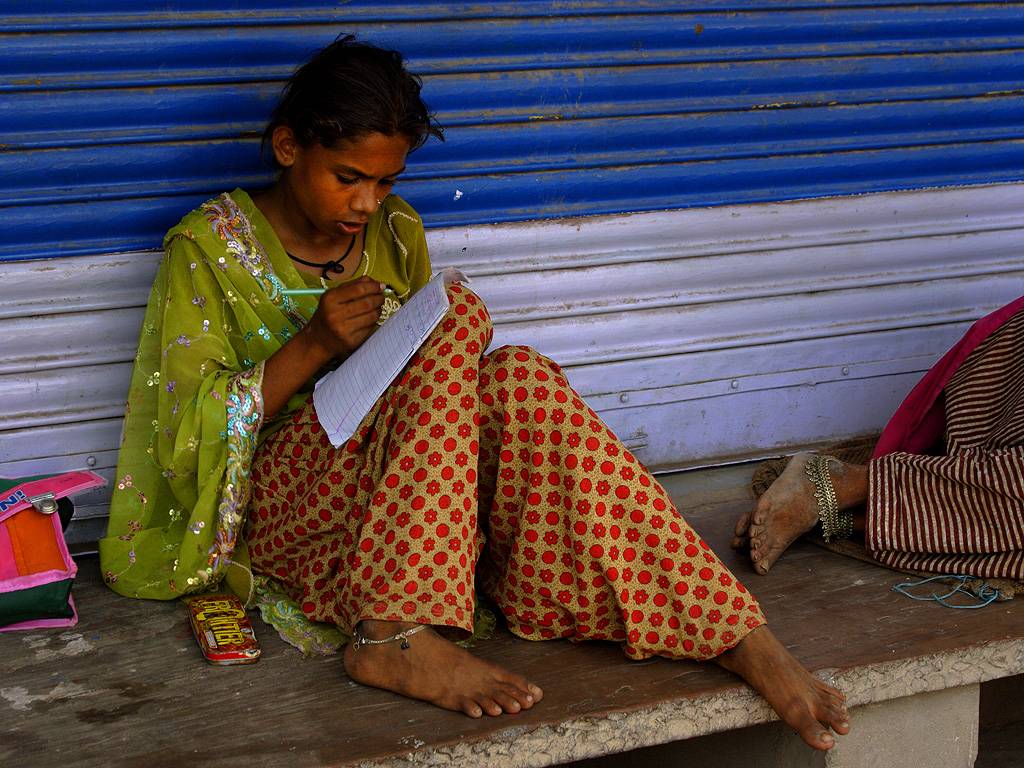












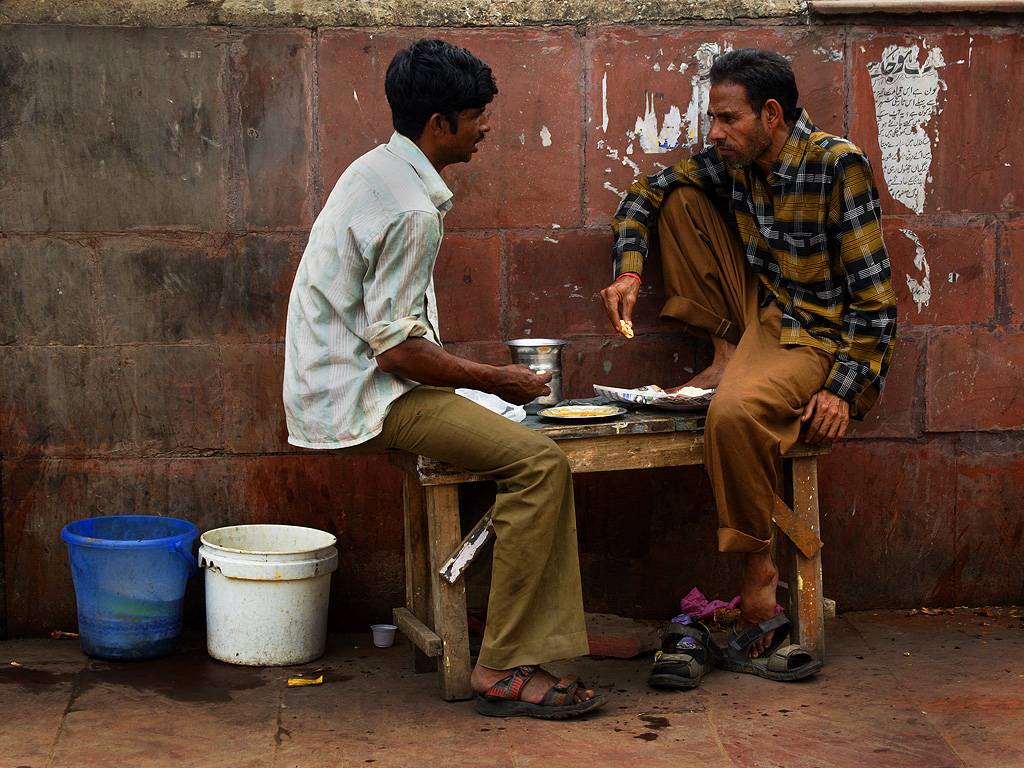









 Alley (Khajuraho)
Alley (Khajuraho)


















